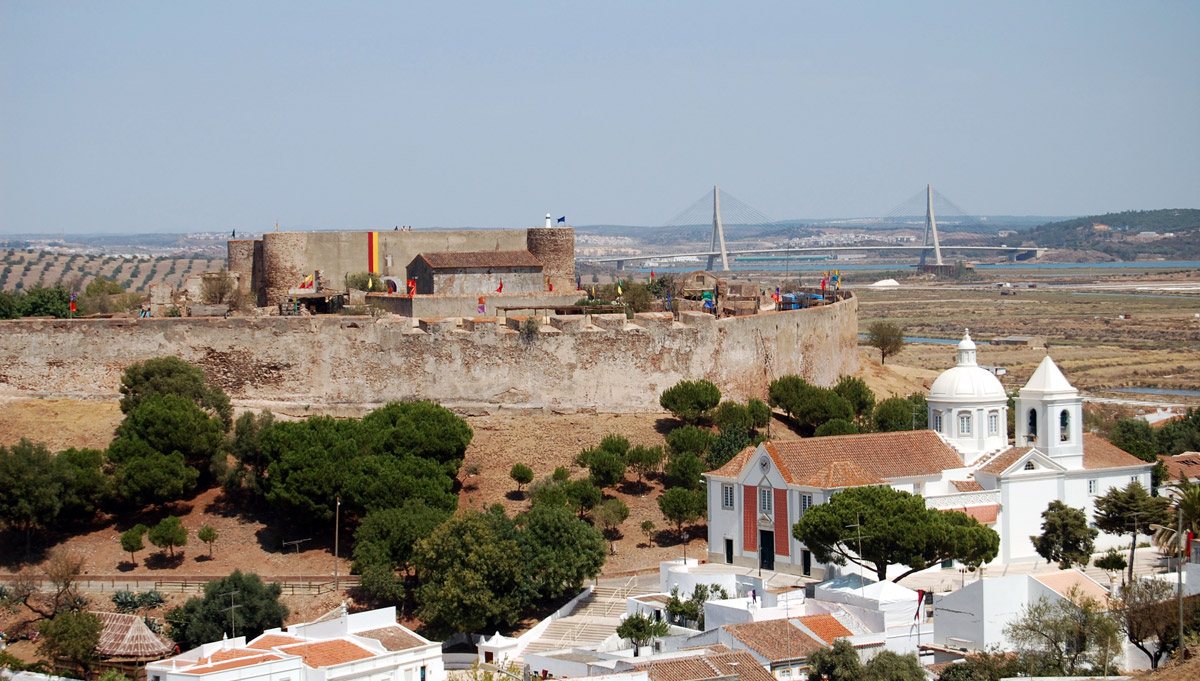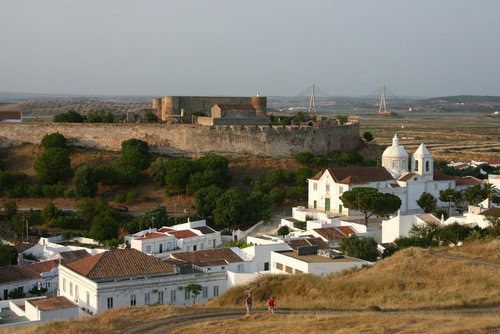Castles Route (Castro Marim, Alcoutim&Mértola)

- € 45
Description
In Castro Marim we begin our encounter with the castles of three villages that played an important role in the history of the Algarve and which is still very visible today, as well as the discovery of stunning natural landscapes from our interior.
Castro Marim – The Algarve´s Defensive Bulwark- From early on, the town of Castro Marim has been the great defensive bulwark of the province of Algarve, thanks to its strategic location close to its mouth on the banks of the Guadiana River. There are three fundamental moments in the history of this unique ancient border town that give evidence of its fundamental contribution: when it became the Order of Christ´s headquarters in 1319, the War of Restoration between 1640 and 1668, the beginning of the 19th century after the French Invasions. Monuments like the Castle, the Fortress of São Sebastião, the 17th century Enclosure, the Shield of Santo António, and Battery of the Registry are witnesses of this military and defensive vocation.
Alcoutim – From at least 2500 B.C., veins of copper, iron and manganese attracted different peoples to Alcoutim. However, it was the Romans who developed a mining industry in the region, building access routes and transporting the minerals needed by the empire down the Guadiana to the Mediterranean.
This occupation by people whose main motivation was the search for minerals continued with the Visigoths and the Arabs until 1240, when Alcoutim was retaken by the Christians; the town received its charter in 1304 during the reign of King Dinis.
Because of the town´s strategic location, its importance was recognized by the Portuguese crown who, in addition reinforcing its defensive structures, granted Alcoutim to the Military Order of Santiago (St James).
Mértola– Located in Alentejo, home to one of the largest municipalities in the country, Mértola is a historic site of rare natural and heritage beauty, which is important to know.
Strolling through the streets of Mértola you can see its rich history, a place with traces of human presence dating back to the Neolithic, passing here Phoenicians (who created an important commercial port), Romans, and Visigoths, leaving a very strong mark, the Moors.
Situated in an area blessed by nature, on the bank of the Guadiana River, Mértola used the best that the river has to offer from an early age. Stage of sustenance, communication and exchange of goods, and even national defense.
Nicknamed Myrtilis Iulia (or Mirtylis Iulia) by the Romans, and Mārtulah by the Muslims, it today houses the largest Islamic Museum in Europe to exclusively exhibit pieces of Islamic art.
Days of the Tour
Friday
Pick up Times:
Vila Real de Santo António: 09:05
Monte Gordo: 9:00
Altura: 8:50
Manta Rota: 8:45
Cabanas: 8:35
Tavira: 8:20
Note:We have at your disposal a bus adapted for transport of persons with reduced mobility.
See picture gallery bellow



